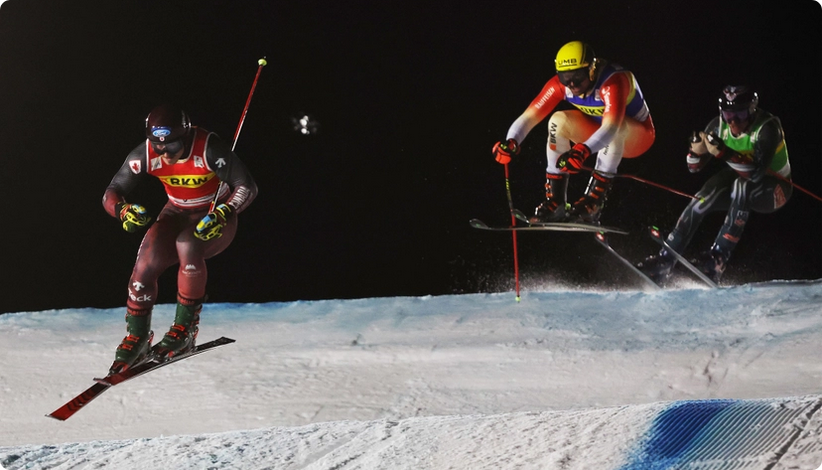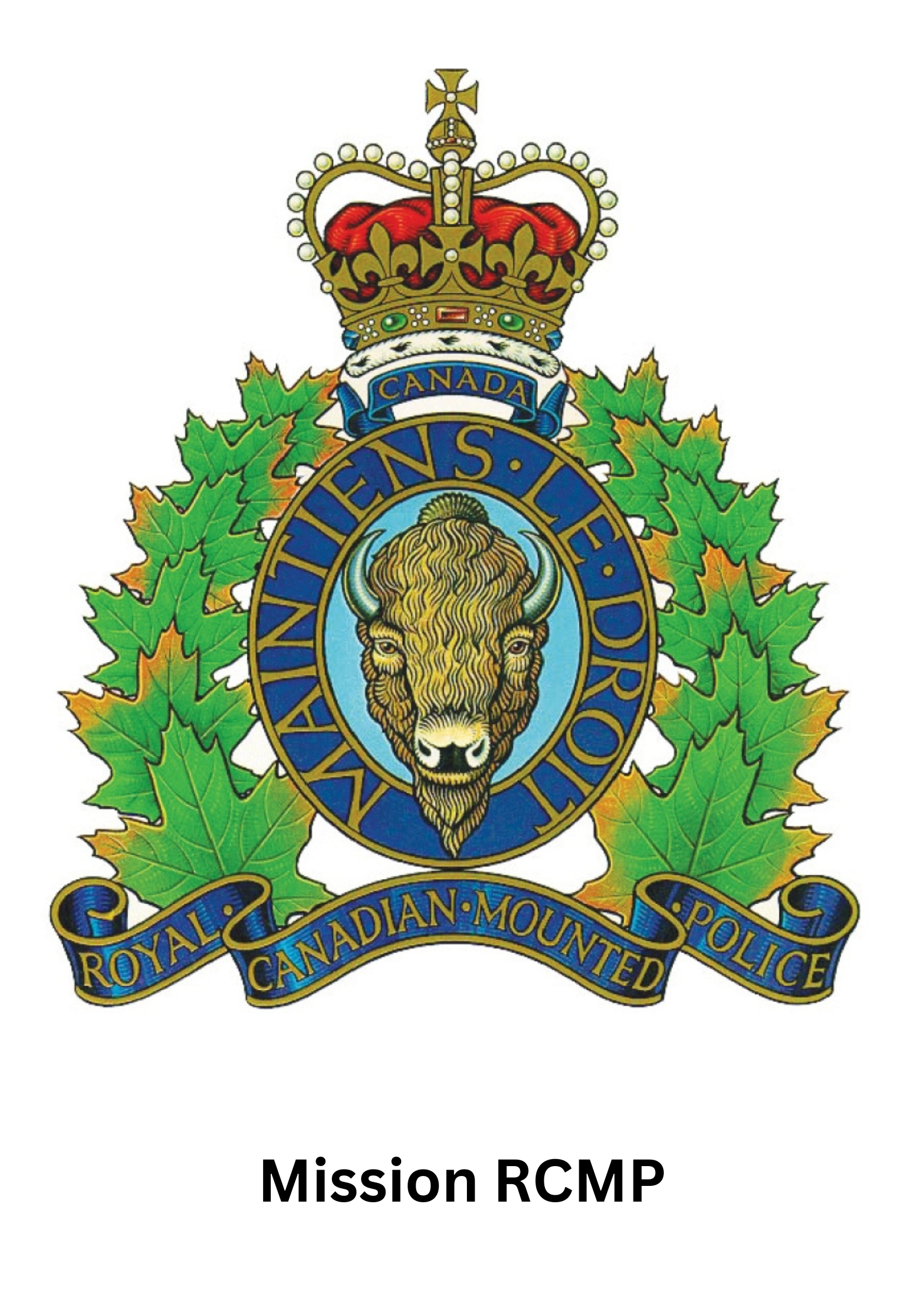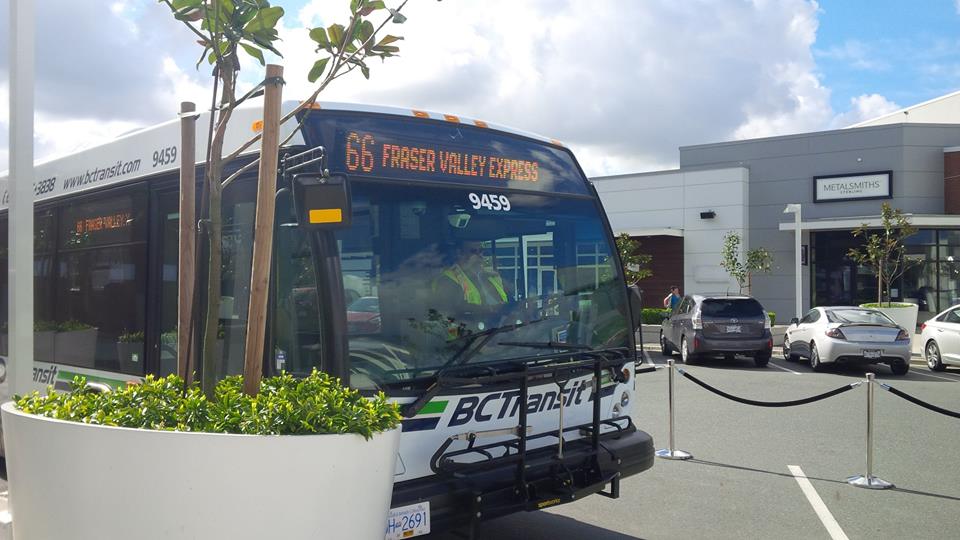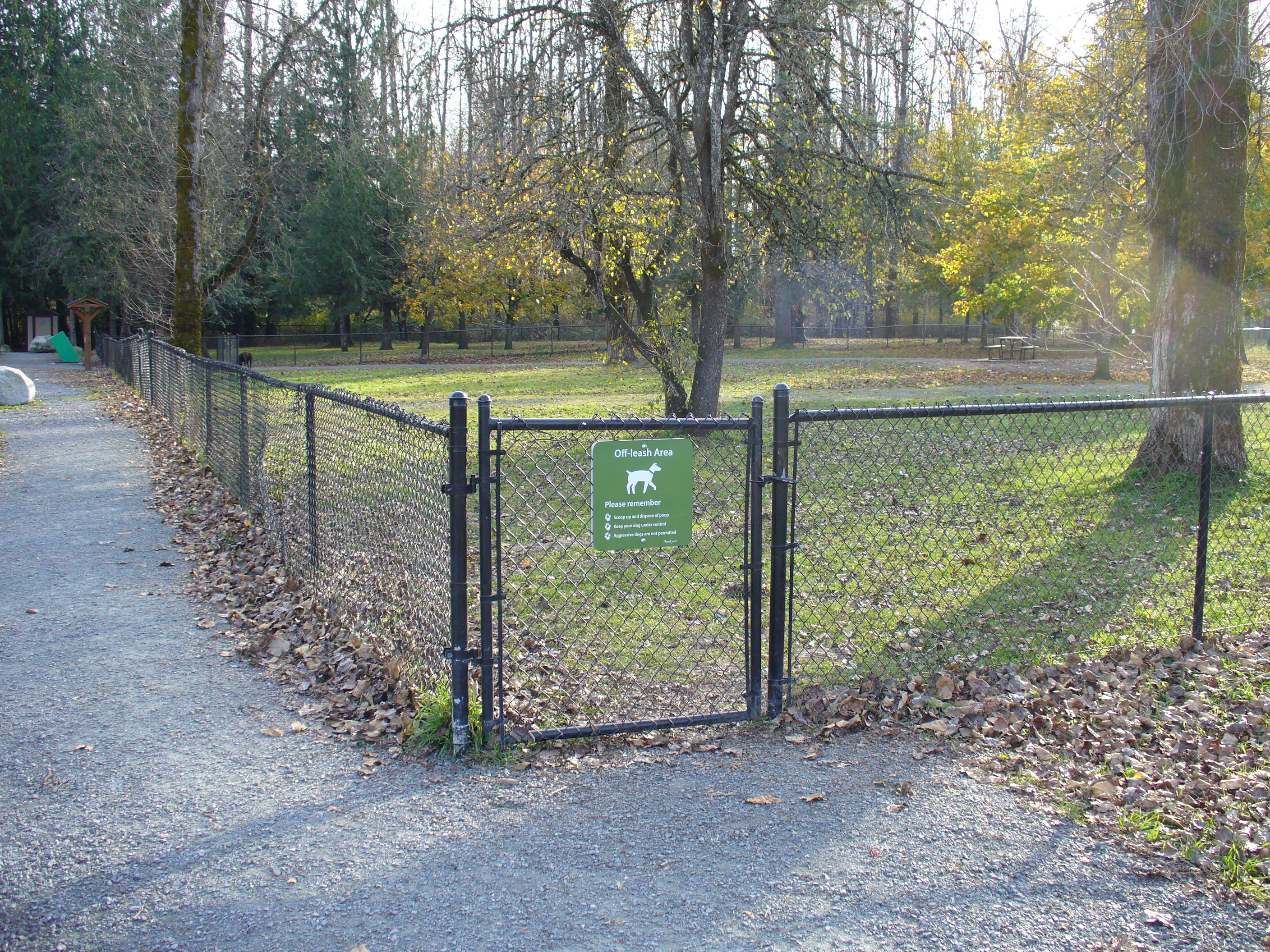We live in a wonderful country where violence is still something relatively rare. If we are stopped by the police we tend not to worry and dig out our driver’s license and vehicle registration wherever it might be in the vehicle. Some people even get out and walk back to the police car to see what is going on. These actions are meant to be polite and save time but today are not the right thing to do.
The police perspective is a difficult one. Officers realize that people mean well, and that almost always these actions are not threatening. On the other hand, police stop people every day in British Columbia that have significant criminal records and may present a very real threat. These circumstances are not known in advance and each vehicle stop must be approached with care to avoid violence, but not upset those who are honest, well meaning people.

You can play a big part in making every vehicle stop a safe experience. Here are some suggestions:
- Stop promptly and instruct everyone in your vehicle to sit still and be quiet.
- Keep your hands in clear view.
- If it is dark, turn on your interior light.
- Wait for the officer to approach and explain why you have been stopped, then follow his requests.
- Stay in your vehicle and continue to be still and quiet until the stop is concluded.
In short, don’t do anything that might be mistaken as a possible threat.
In general, you can expect the officer to approach carefully, possibly
pausing to examine the interior of the vehicle from the area of the rear
bumper. Once comfortable that there is no threat, they will approach
the driver’s window, explain why you have been
stopped and ask for your driver’s licence and vehicle documents.
Some officers may choose to make a right side approach instead. It is
dangerous to stand on the traffic side of your vehicle even when the
police vehicle is offset to the left behind.
You may be asked to move your vehicle to a place off of the highway to safely conclude the interaction.
If the officer asks, the driver is required to correctly state their
name and address. A passenger must also correctly identify the driver if
the officer requests it.
The officer will return to their patrol vehicle and run a check on your
and your license. If they have decided to write a written warning or
traffic ticket it will be completed now. This may take a few minutes so
please be patient.
Don’t be tempted to walk back and ask what is taking so long if you are
in a hurry. This will likely extend the length of the stop as the
officer will stop what they are doing, exit the vehicle and meet you
face to face.
I stopped a vehicle in a rural area one night and as soon as it had
pulled over, both front doors opened, two males stepped out and began to
approach. They ignored my commands to stop and a pistol pointed at
them. Thank goodness the incident ended happily for
all of us but this is an invitation to be shot, good intentions or not.
If you receive a traffic ticket, I’ve written a Q&A article on How
to Deal With a Traffic Ticket to help you decide what to do. This is not
the time and place to argue your point, after all, being stopped at the
roadside can be dangerous for you too.
Be careful pulling back into traffic. Many drivers still don’t properly slow down and move over!
If your first reaction is that this column sounds ridiculous, I would
like to agree with you, but times are changing. The problem today is
that officers cannot immediately determine who is and isn’t a threat,
and for their own safety must consider all the potentials
and be prepared to deal with them.
Story URL: https://www.drivesmartbc.ca/police/stopped-police-what-do-i-do-now
How to Deal with a Ticket URL:
https://www.drivesmartbc.ca/qa/qa-how-deal-traffic-ticket
—
Constable Tim Schewe (Retired)
DriveSmartBC: Where better than average road users satisfy their curiosity.








